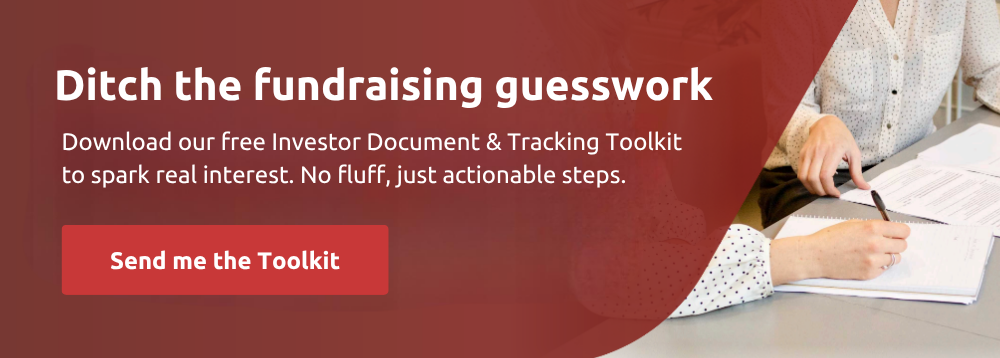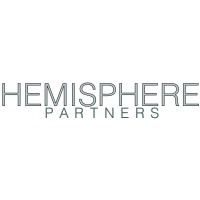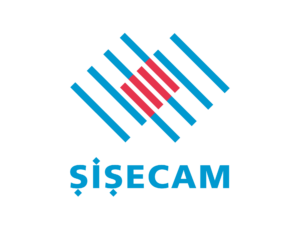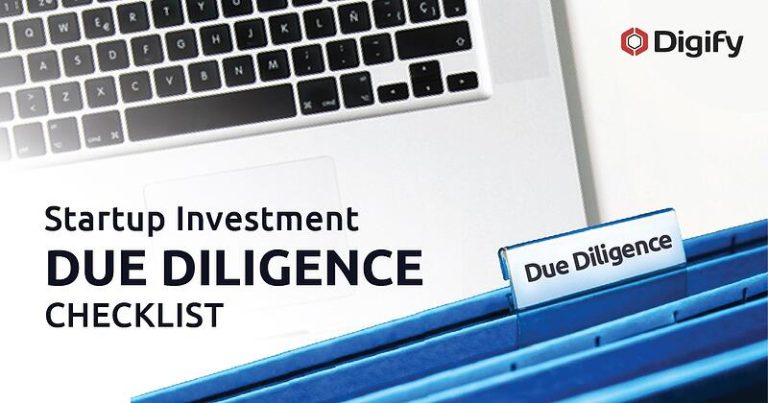This article is part of The Complete Guide to Raising Funds from LPs. The guide covers everything from defining your investment thesis and building strategic fundraising plans to mastering investor due diligence and navigating emerging trends like AI and ESG integration.
Each chapter builds on the previous ones to give you a complete fundraising playbook. While the article below is very informative, you’ll get the most value by reading the entire guide to see how you can fast-track your fundraising process.
Given the rapid pace of technological innovation, societal shifts, regulatory changes, and market volatility, it is useful to look at how the private equity landscape might evolve in the future. This chapter examines four transformative trends reshaping fundraising: artificial intelligence applications, environmental, social, and governance (ESG) integration, blockchain and tokenization technologies, and strategies for fundraising during volatile market conditions.
Artificial Intelligence: Transforming Fundraising and Investment Processes
Artificial intelligence is rapidly moving from concept to core capability within private equity. While still evolving, an Alvarez & Marsal report from June 2024, referencing Preqin data, noted that 45% of investors were already using AI in post-acquisition value creation plans, with another 38% planning to do so within the year, pointing to a strong adoption trajectory within the private equity value chain. Traditional investor identification relied on static databases, conference networking, and placement agent relationships. AI transforms this process through sophisticated pattern recognition and predictive analytics. Modern AI systems analyze vast datasets encompassing historical investment patterns, stated preferences versus actual commitments, personnel changes affecting decision-making, and market conditions influencing allocation decisions.
Machine learning algorithms identify non-obvious investor prospects by recognizing patterns humans might miss. For instance, an AI system might identify family offices that have never invested in private equity but show behavioral patterns similar to active PE investors. Natural language processing analyzes investor communications, presentations, and public statements to understand evolving preferences and priorities beyond stated mandates. For example, NLP can be put to use to identify a new emphasis on specific impact themes or geographic diversification based on recent public disclosures or investment announcements.
Practical applications are becoming increasingly tangible. These include automated investor scoring and prioritization, where AI might rank potential LPs based on their fit with the fund’s strategy and historical propensity to invest in similar vehicles. Other uses involve personalized outreach messaging based on investor characteristics, optimal timing recommendations for contact, and predictive modeling of commitment probability. Beyond fundraising, firms like Apollo Global Management and Thoma Bravo are leveraging AI to enhance due diligence, streamline portfolio operations, and even optimize exit strategies, reflecting a broader integration across the investment lifecycle. However, successful implementation requires balancing automation with the relationship-driven nature of fundraising. AI enhances rather than replaces human judgment and relationship building.
ESG Integration: From Compliance to Value Creation
There are multiple forces that drive accelerating ESG integration in private equity. Institutional investor mandates increasingly require ESG consideration, with many pensions and sovereign wealth funds facing statutory obligations. The UN Principles for Responsible Investment (PRI) reports that signatories now represent over $121 trillion in assets under management, demonstrating the mainstream adoption of ESG principles.
Credible ESG programs require substance beyond policy documents. Investors increasingly distinguish between genuine integration and “greenwashing” through detailed due diligence. They examine specific examples of ESG affecting investment decisions, measurable outcomes from initiatives, third-party verification of claims, and consistency between stated policies and actual practices.
Successful ESG integration begins with clear frameworks defining material factors for your strategy. Rather than attempting to address every possible issue, focus on factors most relevant to your sectors and approach. For example, technology-focused funds might prioritize data privacy and algorithmic bias, while industrial funds focus on environmental impact and worker safety.
Implementation requires embedding ESG throughout the investment process. During sourcing and diligence, ESG factors should influence target selection and valuation. Post-investment value creation plans should include specific initiatives with measurable targets. Exit planning should consider how improvements enhance value and buyer appeal. This integration demonstrates authentic commitment versus compliance-driven box-checking.
Blockchain and Tokenization: Reimagining Fund Structures
Blockchain technology and tokenization promise to revolutionize private equity fund structures, though practical implementation remains at an early stage. According to a report by BCG and ADDX, the tokenization of illiquid assets could become a $16 trillion market by 2030.
Tokenization involves creating digital representations of fund interests on blockchain platforms. These tokens can represent LP interests in traditional fund structures, fractional ownership of specific assets, revenue streams from portfolio companies, or hybrid structures combining elements. The technology enables programmable features impossible with traditional paper-based systems.
There are key benefits that are driving interest in these technologies, namely:
- Enhanced liquidity through secondary trading
- Reduced minimum investments which allow for broader participation
- Automated compliance through smart contracts
- Real-time settlement and record-keeping, and
- Lower administrative costs at scale.
These advantages potentially address longstanding private equity limitations around liquidity and accessibility.
However, significant challenges remain. Regulatory uncertainty persists in most jurisdictions, with securities laws struggling to accommodate novel structures. The SEC has provided some guidance on digital assets, but comprehensive frameworks remain under development. Technical complexity requires specialized expertise many firms lack. Market infrastructure for trading and custody remains immature while there is a need for more investor education, particularly for institutions with established processes.
Fundraising in Volatile Markets
Market volatility affects fundraising through multiple interconnected channels. The denominator effect reduces LP allocation capacity as public market declines shrink overall portfolios while private equity valuations adjust slowly. Liquidity constraints intensify as distributions slow and capital calls continue, creating cash flow mismatches. Meanwhile risk aversion increases across investor types, and this favors established managers and proven strategies. Lastly, uncertainty in valuation makes investors cautious about commitment timing and sizing.
These impacts cascade through the fundraising ecosystem. First-time funds face particularly severe challenges as investors retreat to familiar relationships. Strategies perceived as higher risk or cyclically exposed experience disproportionate difficulty, while terms negotiations become more protracted as investors seek additional protections. The overall environment shifts from seller-friendly to buyer-favorable conditions.
To navigate through this volatility and find success in fundraising requires strategic and tactical adaptations.
- Emphasise resilience: Your strategic positioning should focus on resilience and downside protection over aggressive growth projections. What investors seek is confidence that managers can navigate difficult conditions, protect capital during downturns, and capitalize on distressed opportunities.
- Adjust messaging: Rather than maintaining boom-time narratives, acknowledge market realities while explaining your advantages. Emphasize defensive characteristics like conservative leverage usage, sector diversification, and operational value creation capabilities. It can also be helpful to highlight track records through previous downturns, and position volatility as an opportunity rather than an obstacle to overcome.
- Demonstrate structural flexibility: Consider offering enhanced governance rights providing investor comfort without constraining operations. Staged capital commitments might allow investors to commit while managing liquidity uncertainty. First-loss or preferred return structures can address risk concerns for anchor investors. The key is creative structuring that addresses specific investor constraints while preserving fund viability.
Integrating Emerging Trends
The most successful firms don’t view AI, ESG, tokenization, and volatility adaptation as independent phenomena but rather as interconnected forces reshaping private equity. Integration strategies create synergies and competitive advantages exceeding individual trend benefits.
For example, AI enhances ESG implementation through automated monitoring and predictive analytics. Machine learning identifies risks and opportunities human analysis might miss. Natural language processing analyzes vast amounts of unstructured data, while predictive models forecast ESG impact on valuations and exit opportunities. This technology-enabled ESG approach demonstrates sophisticated capabilities attracting forward-thinking investors.
Adopting emerging trends requires one to have the knack of balancing innovation with pragmatism. Consider a phased approach that reduces risk while building capabilities systematically. Start with pilot programs testing specific applications before broad rollout. Build internal expertise through hiring and training, while also partnering with specialized providers for complex implementations. And as always, measure results rigorously to guide resource allocation.
Change management is another crucial factor for successful adoption. Team members may resist new technologies or approaches threatening established processes. Address their concerns through education about benefits and job evolution rather than replacement. In fact, it is prudent to involve teams in implementation planning to build buy-in. And once you get started, celebrate early wins to build momentum. Reframe any changes as necessary for being competitive rather than optional experiments.
Investor education has to go in parallel with internal change management. Many LPs lack familiarity with emerging trends despite interest in innovation. This is another aspect where developing educational materials can help, by explaining benefits in accessible terms. Provide concrete examples rather than theoretical frameworks and address concerns about risks and implementation challenges honestly. Position your firm as an innovator that can help investors navigate change.
Future Outlook and Positioning
The pace of change in private equity fundraising dictates that firms balance innovation with fundamental investment discipline. That means integrating emerging trends while staying true to core investment principles at the same time.
AI will likely become table stakes for competitive fundraising within 3-5 years. Early adopters building sophisticated capabilities now will enjoy significant advantages. However, human relationships and judgment remain irreplaceable, positioning AI as enhancement rather than replacement for traditional fundraising excellence.
ESG integration will continue deepening from compliance checkbox to value creation driver. Firms demonstrating measurable outcomes will attract increasing capital flows. Regulatory requirements will standardize reporting while market forces reward genuine impact. The current period represents a crucial window for establishing ESG leadership.
Tokenization remains a longer-term transformation, likely requiring 5-10 years for mainstream adoption. However, early experimentation positions firms for eventual disruption. Regulatory clarity will catalyze adoption, making current regulatory engagement valuable. Firms should build expertise while avoiding premature large-scale implementations.
Volatility represents the new normal requiring permanent adaptation rather than temporary adjustment. Successful firms will build resilient strategies, flexible structures, and deep investor relationships enabling fundraising across market cycles. The ability to fundraise during difficult conditions will increasingly differentiate leading firms.
The convergence of AI, ESG, tokenization, and market volatility creates both challenges and opportunities for private equity fundraising. Firms viewing these trends as interconnected forces rather than independent phenomena position themselves most advantageously. Success requires balancing innovation with pragmatism, building new capabilities while maintaining fundamental strengths.
The current environment rewards innovation over either aggressive experimentation or conservative resistance. Firms should selectively adopt emerging trends aligned with their strategies and capabilities. Building expertise incrementally reduces risk while positioning for future advantage. Most importantly, maintaining focus on investor needs and investment excellence ensures innovations enhance rather than distract from core objectives.
As the industry continues evolving, adaptability becomes the crucial competitive advantage. Firms that embrace change while maintaining discipline, build new capabilities while leveraging existing strengths, and innovate while managing risks will thrive in the emerging landscape. The future belongs to those who manage to integrate emerging trends into comprehensive strategies serving investor needs in evolving markets.









